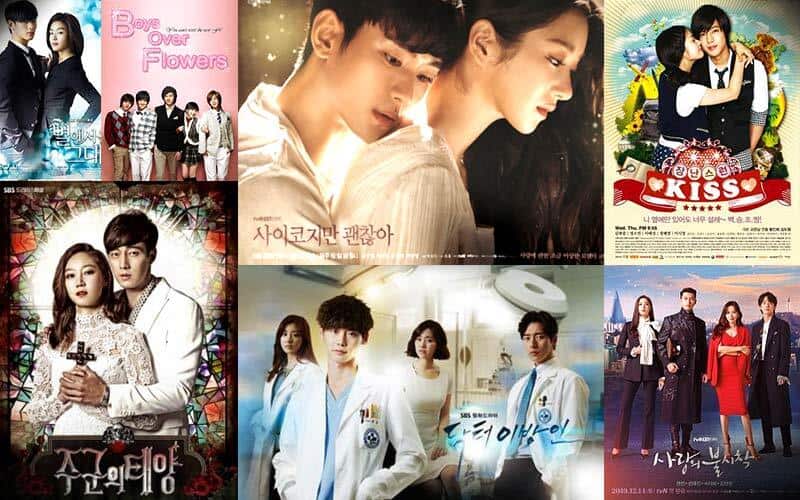Easy access to material, approachable and engaging characters, and high-quality production have propelled Korean media to the peak of worldwide success. For good cause, the Korean pop culture following is enthralled. South Korea is the size of the state of Indiana in the United States. With a population of 50 million people, it is one of the most populous countries on the planet. Despite this, the country’s popular culture has spread around the world. Squid Game broke internet streaming records recently, the Oxford English Dictionary added 26 Korean terms, and BTS’ presence at the United Nations 76th General Assembly went viral — these are just a few examples of the world’s fascination with Korean cultural material.
According to Dafna Zur, an associate professor of East Asian Languages and Cultures and a specialist of Korean literature, Korean cultural content is popular because it is excellent. Zur, the head of Stanford’s Centre for East Asian Studies, offers classes on Korean literature, cinema, and popular culture.
Korean dramas find a mix between predictability and uniqueness. Their plots are frequently predictable: rags to riches, wealthy male meets impoverished girl, children ignore their parents’ wishes and go it alone. They have a Korean twist, though: the characters are respectful to their elders and dutiful to their sons and daughters. The setting is flashy and ultra-modern. The actors are all well-dressed and appealing. They play charming, sensitive, and self-deprecating characters.
Dramas in Korea are lavishly funded. Dramas are collaborative productions that pay close attention to every detail in order to provide a pleasant and family-friendly viewing experience. Viewers may expect to see beautiful scenery, food, and fashion from Korea.







